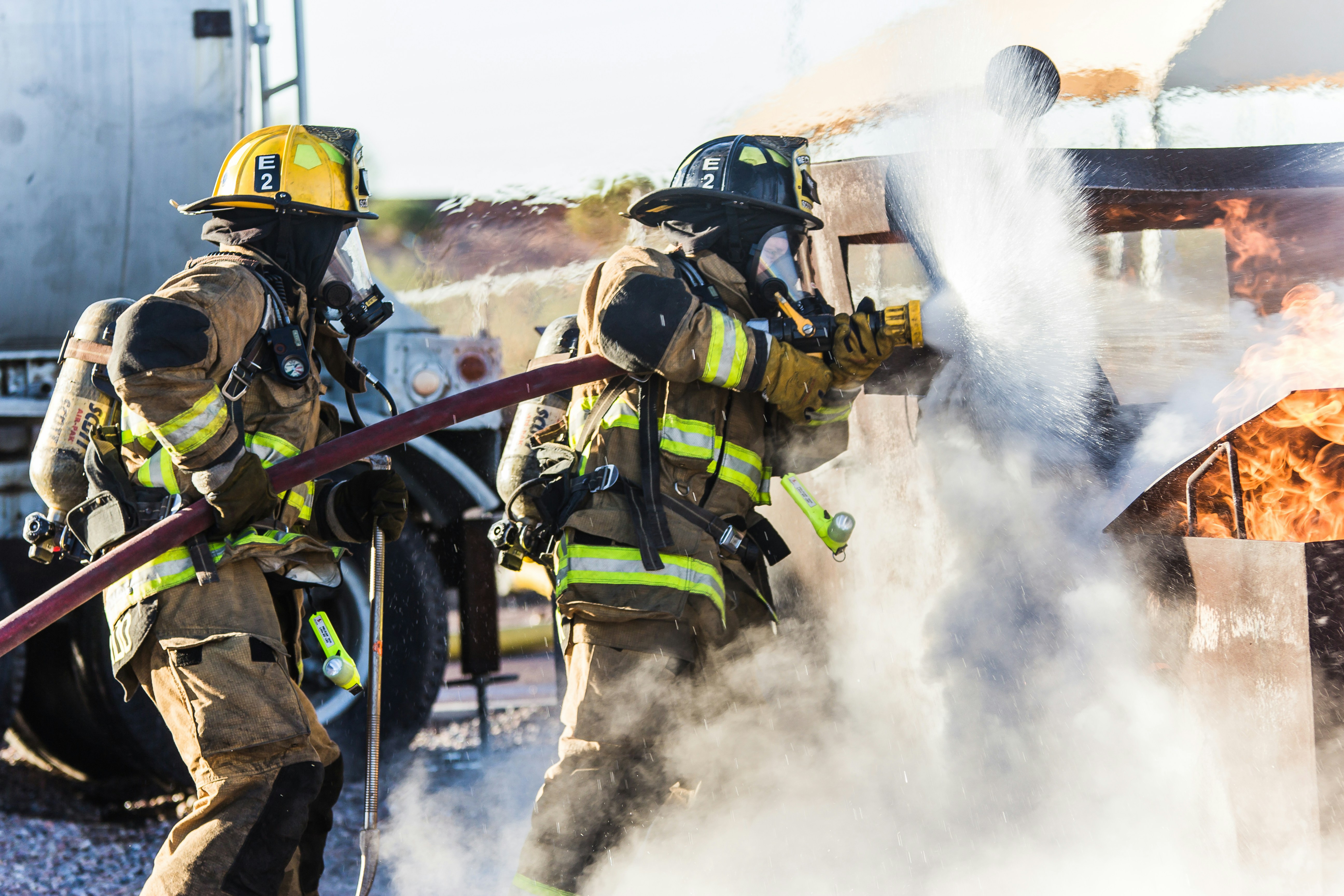Media release
From:
Do firefighters face a higher brain cancer risk associated with gene mutations caused by chemical exposure?
Study suggests a greater likelihood of haloalkane-associated mutations in firefighters with gliomas than in other patients with this type of brain cancer.
Gene mutations caused by exposure to certain chemical compounds have been linked to the development of gliomas, the most common type of malignant brain tumor. New research reveals that among patients with gliomas, these mutations are more common in firefighters than in individuals with other occupations. The findings are published by Wiley online in CANCER, a peer-reviewed journal of the American Cancer Society.
The gene mutations of interest in this study make up a mutational pattern or “signature” that other investigators previously associated with exposure to haloalkanes, which are used in flame retardants, fire extinguishants, refrigerants, and other products.
“As firefighters have exposure to such chemical agents, we examined mutational signatures in glioma brain tumors diagnosed in persons who worked as firefighters versus those who did not,” said senior author Elizabeth B. Claus, MD, PhD, a professor at the Yale University School of Public Health and attending neurosurgeon at Mass General Brigham.
Among 35 participants in the University of California Adult Glioma Study, 17 had an occupational history of firefighting. Compared with the other 18 participants, firefighters were more likely to have the haloalkane-associated mutational signature, especially if they had been firefighters for many years. Among non-firefighters, the mutational signature was more likely in those with occupations that also possibly exposed them to haloalkanes, such as car painting and machine maintenance.
“Our study provides preliminary data but will need confirmation in a larger data set and across a wider range of occupations,” said Dr. Claus. “Identifying exposure to such mutational agents is important to inform public health intervention strategies and pinpoint occupational hazards that may be avoidable.”



 International
International



